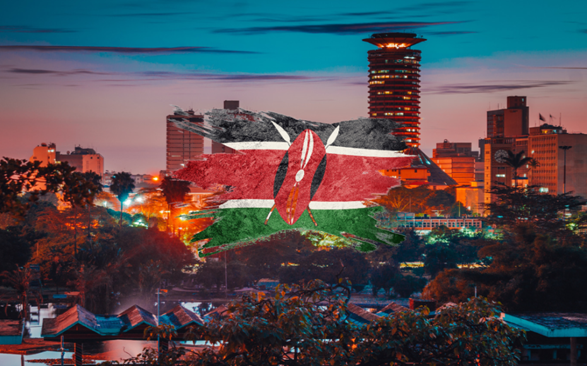Kenya has made significant progress in improving its anti-money laundering and counter-terrorism financing (AML/CFT) regime, according to the Financial Action Task Force (FATF). Since February 2024, Kenya has been working with the FATF and the Eastern and Southern Africa Anti-Money Laundering Group (ESAAMLG) to strengthen its AML/CFT framework.
Progress Made by Kenya
Kenya has taken steps to update its national AML/CFT strategies in line with identified money laundering and terrorist financing risks. The country has also made progress in resolving technical compliance shortcomings identified in its 2022 Mutual Evaluation Report. Specifically, Kenya has: achieved the following:
- Upgraded Compliance Ratings: Kenya has upgraded its compliance ratings for several FATF recommendations, including Recommendations 20 and 27, which were upgraded from Non-Compliant to Compliant.
- Improved Risk-Based Supervision: Kenya has enhanced its risk-based supervision of financial institutions and designated non-financial businesses and professions (DNFBPs).
- Increased Understanding of Preventive Measures: Kenya has taken steps to improve the understanding of preventive measures among financial institutions and DNFBPs.
Read also: FATF Grey List: Nigeria makes significant progress in addressing lapses.
Areas for Improvement
According to the FATF, despite the progress made, Kenya still needs to address several strategic deficiencies in its AML/CFT regime. The FATF has identified the following areas for improvement:
- Presenting Risk Assessment Results: Kenya needs to present the results of its National Risk Assessment (NRA) and other risk assessments in a consistent manner to competent authorities and the private sector.
- Improving Risk-Based Supervision: Kenya needs to improve risk-based AML/CFT supervision of financial institutions and DNFBPs and adopt a legal framework for the licensing and supervision of virtual asset service providers (VASPs).
- Enhancing Preventive Measures: Kenya needs to enhance the understanding of preventive measures among financial institutions and DNFBPs, including increasing suspicious transaction reporting (STR) and implementing targeted financial sanctions (TFS) without delay.
- Regulation of Trusts: Kenya needs to designate an authority for the regulation of trusts and collection of accurate and up-to-date beneficial ownership information.
- Improving Financial Intelligence: Kenya needs to improve the use and quality of financial intelligence products.
- Increasing Investigations and Prosecutions: Kenya needs to increase money laundering and terrorist financing investigations and prosecutions in line with risks.
- Revising NPO Regulation: Kenya needs to revise the framework for non-profit organization (NPO) regulation and oversight to ensure that mitigating measures are risk-based and do not disrupt or discourage legitimate NPO activity.
Conclusion
Kenya’s progress in strengthening its AML/CFT regime is a positive step towards addressing the country’s strategic deficiencies. However, more work needs to be done to ensure that Kenya’s AML/CFT framework is effective in preventing money laundering and terrorist financing. The FATF will continue to monitor Kenya’s progress in implementing its action plan. With Mali and Tanzania, two African countries off the grey list this month, achieving the same feat soonest is definitely what Kenyans would be looking forward to.
Read also: FATF Update: Mali and Tanzania removed from the Grey List.
Discover more from Crypto Asset Buyer
Subscribe to get the latest posts sent to your email.




